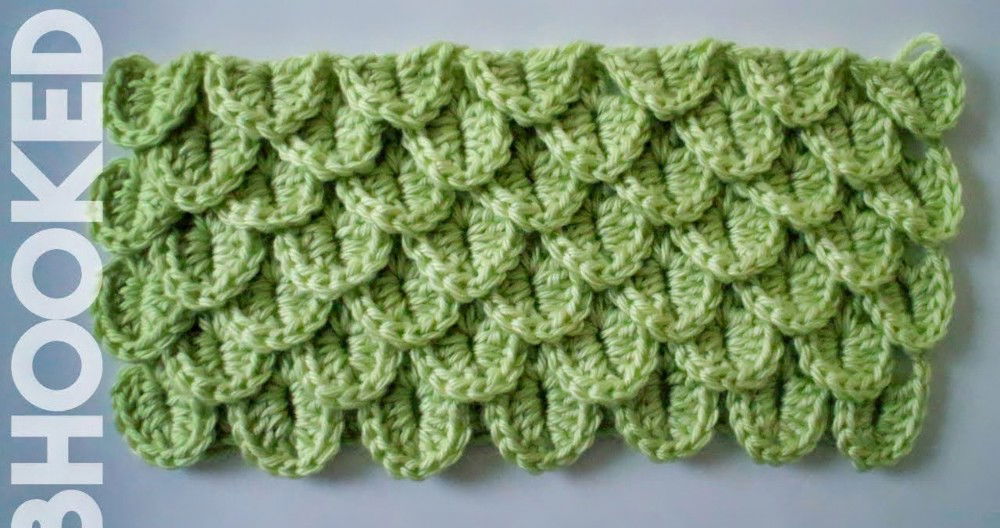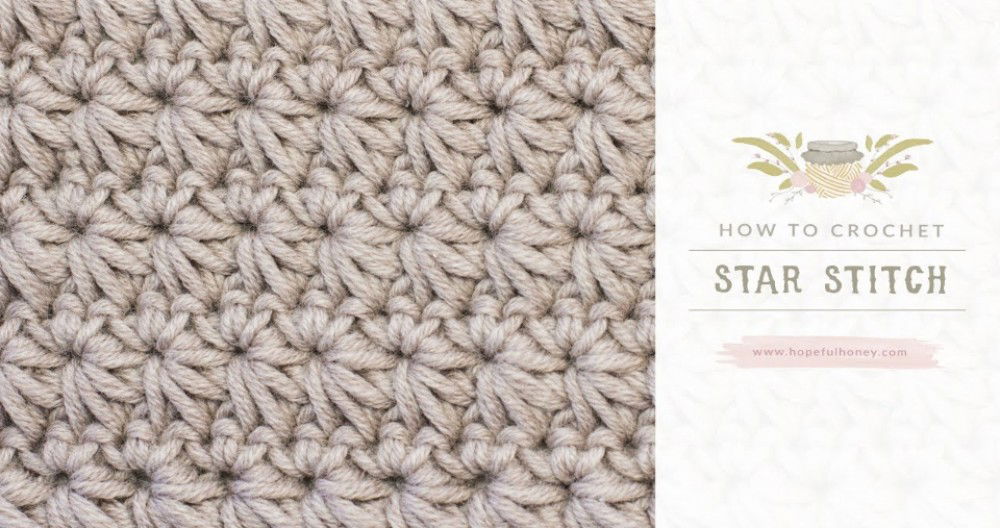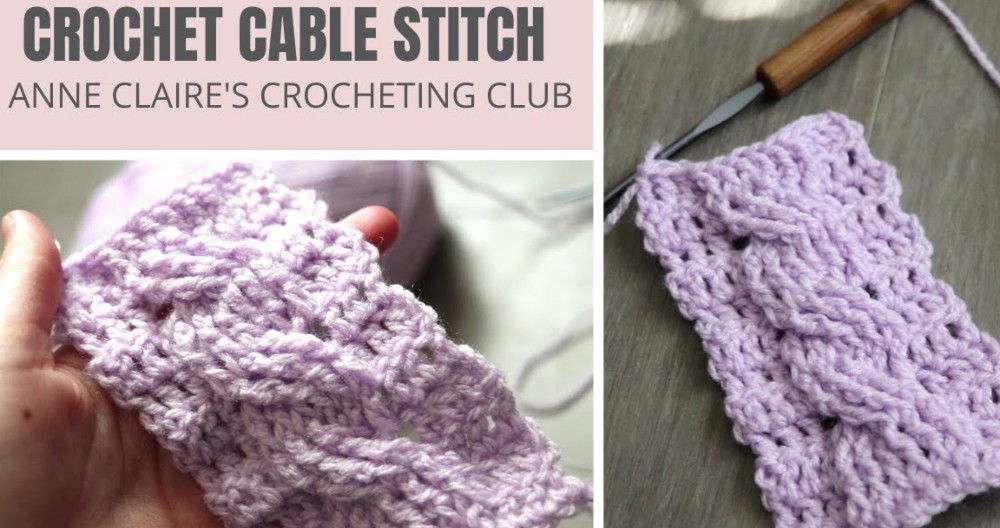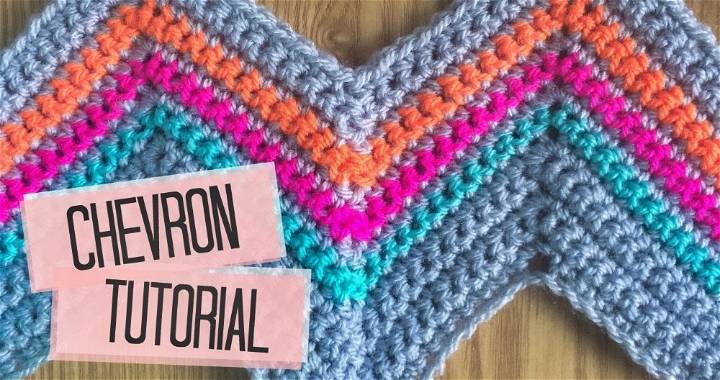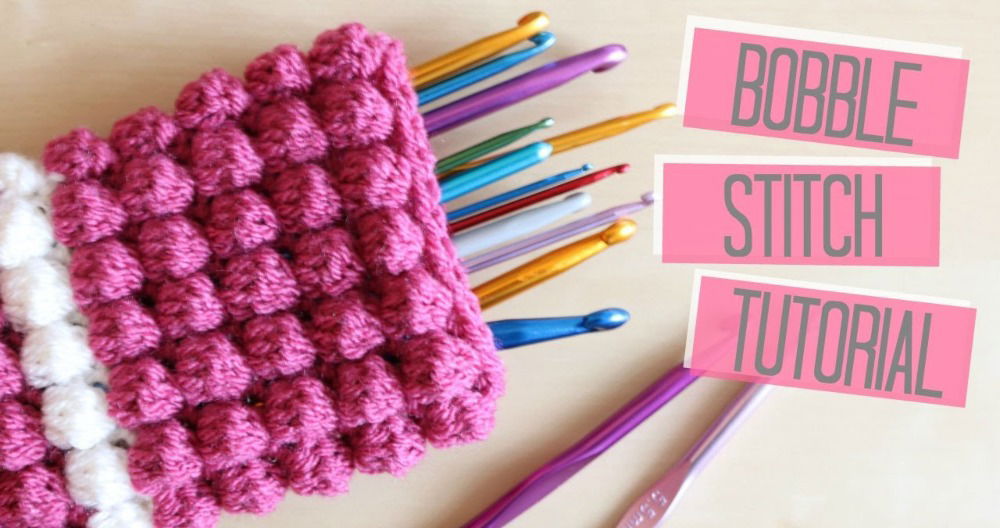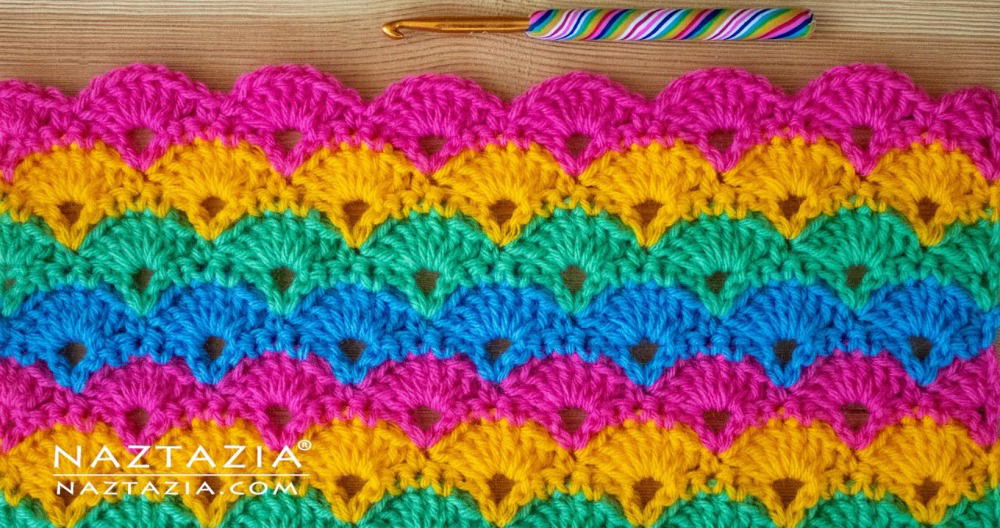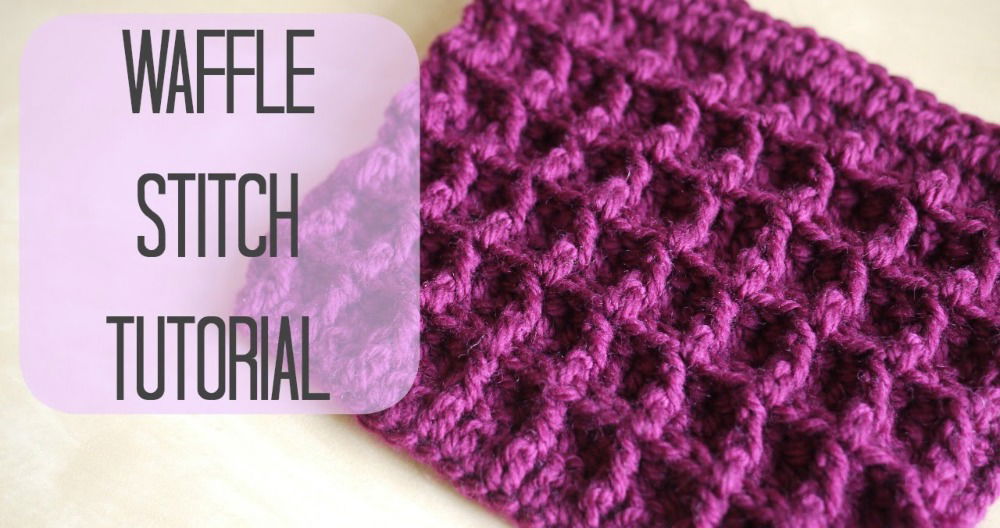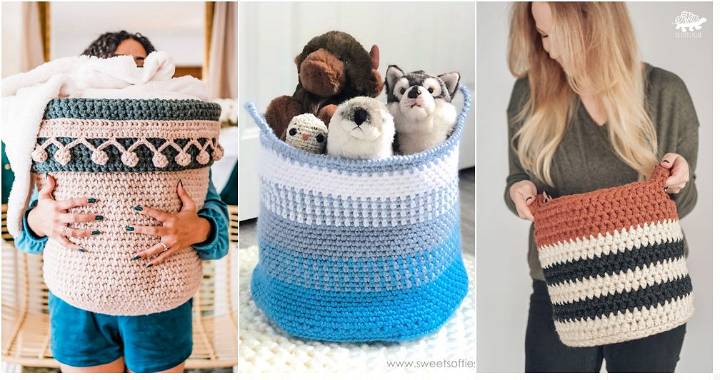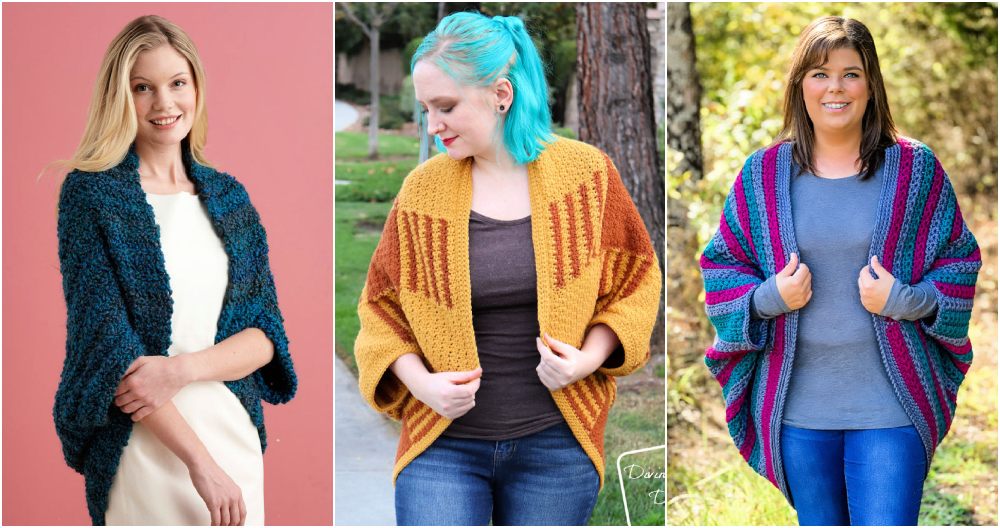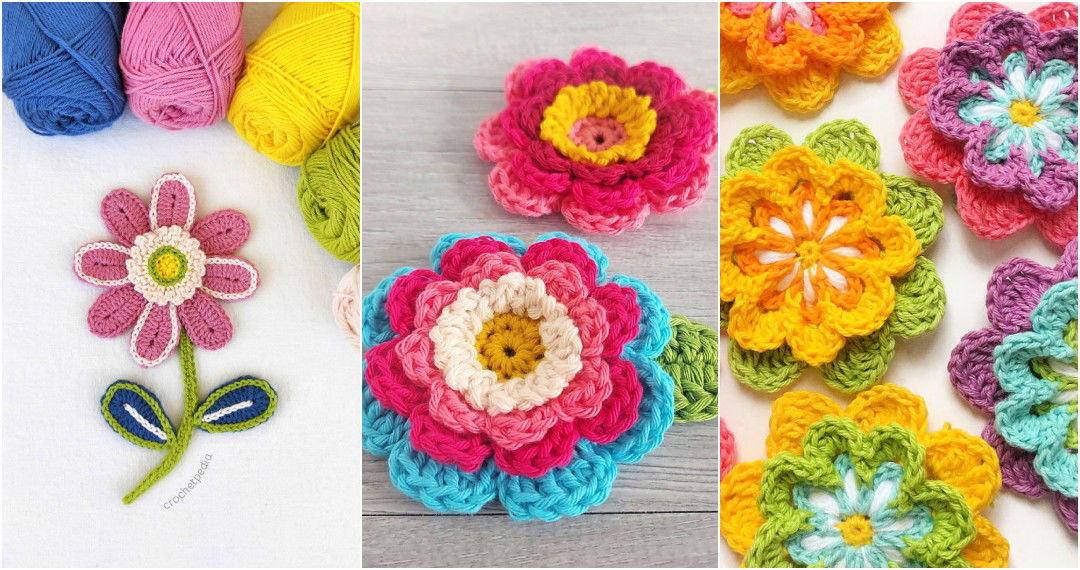Learning the basket weave stitch in crochet can transform your projects with its rich texture and intricate design. This guide provides a comprehensive step-by-step tutorial to mastering the basket weave stitch, designed for crafters seeking to add a touch of elegance to their work. Explore the origins of this timeless technique and gather the essential materials needed to begin your journey into making beautiful, textured pieces.
As you venture into the detailed tutorial, you'll find everything needed to start—from the basic setup to the finishing touches. Alongside, we tackle common challenges, ensuring smooth progress as you weave magic into your creations. This guide is more than just instructions; it's a gateway to enhancing your crochet skills with a versatile stitch.
Continue reading to unlock the full potential of the basket weave stitch in your crafting repertoire.
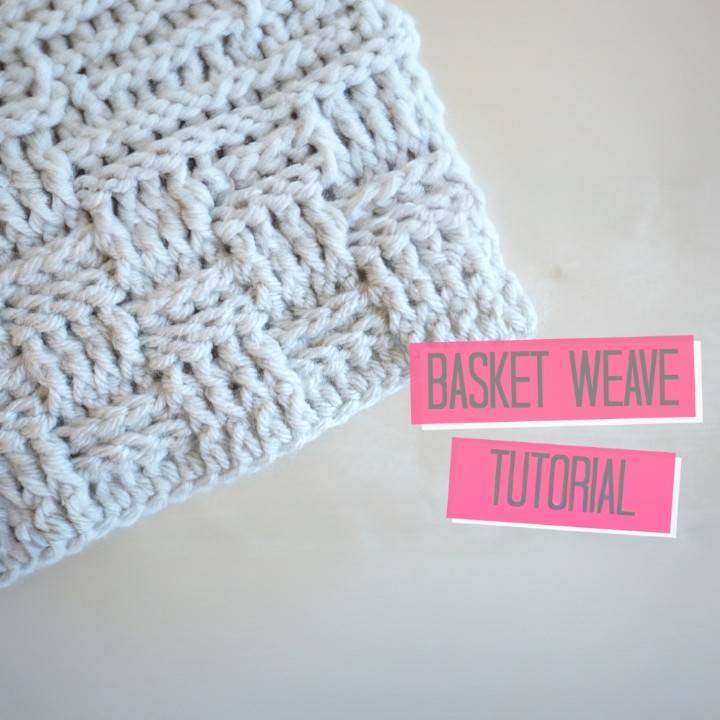
The Origins of the Basket Weave Stitch
The Basket Weave Stitch is popular in crochet for its woven basket appearance, and it has a long history in basketry. Basket weaving is an ancient craft using natural materials like grass, reeds, or wood strips. Techniques like plaiting, twining, and coiling have influenced many other crafts. The Basket Weave Stitch in crochet mimics woven baskets using alternating front and back post double crochet stitches.
This stitch is visually appealing and versatile, adding a cozy look to blankets, scarves, hats, and bags. The Basket Weave Stitch blends traditional basketry with modern crochet. To master Basket Weave Stitch, crocheters need to understand post stitches and be comfortable with counting stitches and rows.
In your tutorial, add a summary of basketry history and techniques to enhance your understanding of the Basket Weave Stitch. Show the link between ancient craft and modern crochet, emphasizing creativity and skill over time.
Essential Materials for the Basket Weave Stitch
Embarking on a crochet project using the Basket Weave Stitch is an exciting endeavor. To ensure a smooth and enjoyable crafting experience, it's crucial to have the right materials and tools at hand. Here's a guide to help you gather everything you need.
- Yarn Selection: The yarn you choose will significantly impact the texture and appearance of your Basket Weave Stitch. For a well-defined pattern, opt for a non-textured, medium-weight yarn. Lighter yarns will make a delicate fabric, while bulky yarns will result in a thicker, more robust piece.
- Crochet Hook: The size of the crochet hook should correspond to the weight of your yarn. A common choice for medium-weight yarn is an H/5mm hook. If you're using a different yarn weight, refer to the yarn label for the recommended hook size.
- Additional Tools: Keep a pair of scissors handy for cutting yarn, and a darning or tapestry needle for weaving in ends once your project is complete.
- Stitches to Master: The Basket Weave Stitch is composed of double crochet stitches worked around the posts of previous stitches. You'll need to be familiar with the front post double crochet (FPDC) and back post double crochet (BPDC) techniques. These stitches make the alternating raised and lowered blocks that give the Basket Weave its signature look.
By preparing materials and learning stitches, you'll be ready for the Basket Weave Stitch. Successful crochet involves more than just following a pattern - understand yarn, hook, and technique.
How to Crochet Basket Weave Stitch: Step by Step Tutorial
Learn how to crochet the basket weave stitch with our step-by-step tutorial below:
What You Will Need:
- Chunky style craft yarn (or your yarn of choice; check the label for hook size recommendations)
- Crochet hook (6mm suggested based on the yarn choice)
- Scissors
- Darning needle
Step 1: Starting Chain
Begin by making a slipknot on your hook. For the Basket Weave pattern, chain multiples of 8, then add 7 more chains to complete your base row. This will help you achieve the right width for your project.
Step 2: Row 1 (Setup Row)
Skip the first two chains from the hook and perform a treble crochet (UK term, known as double crochet in the US) into the third chain. Continue with one treble crochet in each chain across the row. This makes the foundation of your work.
Step 3: Begin the Basket Weave Pattern
Chain 2 and turn your work. The Basket Weave pattern involves alternating between front post treble crochets (FPTC) and back post treble crochets (BPTC) to make the woven effect.
Front Post and Back Post Stitching:
- Front Post Treble Crochet (FPTC): Yarn over, insert the hook from front to back to the front again around the post of the next stitch below, yarn over and pull through, yarn over and pull through two loops on the hook twice.
- Back Post Treble Crochet (BPTC): Yarn over, insert the hook from the back to the front to back again around the post of the next stitch below, yarn over and pull through, yarn over and pull through two loops on the hook twice.
Step 4: The Pattern
- Starting with the second row (the first row of the pattern), alternate between 4 FPTC and 4 BPTC across the row, ending with an extra 4 FPTC to mirror the beginning of the row.
- In the third row (second row of the pattern and all even rows), alternate the pattern to correspond to the stitches from the previous row. This means you BPTC on FPTC from the previous row and FPTC on BPTC from the previous row.
Continue this pattern, making the "woven" effect of the Basket Weave stitch.
Step 5: Continuing Your Work
Repeat the steps for the desired length of your project, always ensuring you end with a row that mirrors the start of your pattern for consistency.
Finishing Off
To finish your project, perform a row of treble crochet stitches along the last row, cut the yarn leaving enough length to weave in, and secure it by pulling through the last loop. Use the darning needle to weave in any loose ends.
Video Tutorial
For a step-by-step video tutorial on crocheting the Basket Weave stitch, watch Bella Coco's detailed tutorial here.
This video complements our guide, visually demonstrating the techniques discussed, making it easier to follow and understand each step.
By following this guide and Bella Coco's video, you can make stunning Basket Weave crochet pieces confidently. Great for beginners or experienced crocheters seeking a textured project.
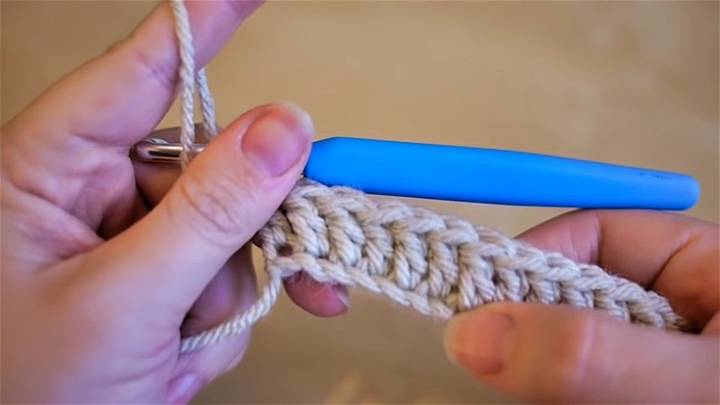
Troubleshooting Common Mistakes in Basket Weave Stitch
The Basket Weave Stitch is a beautiful crochet pattern that makes a richly textured fabric. However, like any crochet technique, it can come with its own set of challenges. Here are some common mistakes and how to avoid them, ensuring your Basket Weave Stitch projects turn out perfectly every time.
Identifying the Right Post
- Mistake: Not working around the correct post can disrupt the pattern.
- Solution: Always double-check that you're working the front post double crochet (FPDC) and back post double crochet (BPDC) around the correct post from the previous row.
Maintaining Consistent Tension
- Mistake: Inconsistent tension can lead to uneven texture.
- Solution: Practice maintaining a steady grip on the yarn to ensure even stitches throughout your work.
Counting Stitches
- Mistake: Losing count of stitches can result in an irregular pattern.
- Solution: Use stitch markers at the beginning and end of each block of stitches to keep track.
Switching Blocks
- Mistake: Incorrectly switching from FPDC to BPDC blocks can cause pattern distortion.
- Solution: Remember that each block typically consists of four stitches. Complete all four before switching to the next block type.
Starting and Ending Rows
- Mistake: Confusion about starting and ending rows can lead to an incorrect stitch count.
- Solution: The first stitch of every row is a chain-3, which counts as a double crochet. End each row with a double crochet in the top of the turning chain from the previous row.
By focusing on details, you can make a beautiful Basket Weave Stitch. Practice makes perfect, so don't get discouraged by mistakes.
Exploring Advanced Variations of the Basket Weave Stitch
Once you've mastered the basic Basket Weave Stitch, you may be eager to try more complex variations that add depth and creativity to your crochet projects. Here are some advanced variations that will take your crocheting to the next level.
Lattice Seed Stitch
This variation combines the texture of the Basket Weave with the delicate appearance of seed stitches. It makes a braided basketweave design woven atop a seeded background. The pattern is an 18-row repeat that looks like a complicated cabled design but is achieved with simple knits and purls.
Lattice Cable Stitch
The Lattice Cable Stitch is a beautiful woven design that quickly reveals a diagonal interlocked basketweave pattern. This 8-row repeat knit stitch pattern is perfect for those comfortable with cable stitch techniques and looking for a visually impactful design.
Basket Loop Stitch
For a textured basketweave illusion of looping interwoven rings, the Basket Loop Stitch is an excellent choice. This 14-row repeat knit stitch pattern looks complex but is really just a combination of knits and purls, making a fabric with the appearance of vertical pillars.
Diagonal Basketweave Cable Stitch
If you're ready for a challenge, the Diagonal Basketweave Cable Stitch is a 4-row repeat design that makes a diagonal, woven, braided look using cable stitches. This stitch pattern results in a very tight weave, which is ideal for projects that require a dense fabric.
Wide Basketweave Stitch
The Wide Basketweave Stitch makes an interwoven illusion using knits and purls with different widths of textured strips. This 10-row repeat pattern is easy to make and adds a unique twist to the traditional basketweave look.
Garter Checkerboard Stitch
This vintage stitch is a combination of garter and stockinette stitch patterns, blocked together to make a woven illusion similar to the Basket Weave Stitch. It's a 14-row repeat pattern that looks intricate but is quite simple to execute.
By experimenting with these advanced variations, you can bring a new level of sophistication to your crochet work. Each pattern offers a unique texture and appearance, allowing you to personalize your projects and showcase your skills.
Project Ideas for the Basket Weave Stitch
The Basket Weave Stitch is a versatile crochet technique that can be used to make a variety of projects, each with a unique and cozy texture. Here are some project ideas that are perfect for this stitch:
Cozy Blankets
Blankets are a classic choice for the Basket Weave Stitch. The interlocking pattern provides a thick, warm texture that's ideal for snuggling up on a chilly evening.
Stylish Scarves
Scarves made with the Basket Weave Stitch offer both warmth and fashion. They can be a statement piece in your winter wardrobe, adding texture and interest to any outfit.
Cushion Covers
Cushion covers are another great project. They can add a touch of handmade charm to your living room or bedroom, and the Basket Weave Stitch gives them a luxurious feel.
Tote Bags
For a durable and attractive option, try making a tote bag. The stitch's structure provides strength, making it suitable for carrying groceries, books, or beach essentials.
Hats and Beanies
Hats and beanies are practical and fun projects. The Basket Weave Stitch adds a layer of warmth and can be adapted to various styles, from slouchy to fitted.
Pot Holders and Hot Pads
Pot holders and hot pads are quick, useful items to crochet. The thick texture of the Basket Weave Stitch is perfect for protecting surfaces from hot dishes.
By choosing one of these projects, you can practice and showcase the beautiful Basket Weave Stitch. Each project offers a chance to make something both functional and aesthetically pleasing, making your crochet work even more rewarding.
Caring for Your Basket Weave Crochet Creations
Proper maintenance and care are essential to ensure that your crochet items remain beautiful and durable over time. Here's a guide to help you keep your Basket Weave Stitch creations in the best condition.
Washing and Drying
Hand Wash: Gently hand wash your crochet items in lukewarm water with a mild detergent. Avoid twisting or wringing the fabric, as this can distort the stitches.
Machine Wash: If machine washing, use a gentle cycle and place the item in a mesh laundry bag to prevent snagging.
Drying: Lay the item flat on a clean towel to air dry. Reshape it while it's still damp to maintain the correct dimensions. Avoid hanging, as it can stretch the fabric.
Storing
Fold, Don't Hang: Always fold your crochet items to store them. Hanging can cause the stitches to stretch and lose their shape.
Keep Dry: Store in a dry place to prevent mildew. Use silica gel packets to absorb excess moisture if necessary.
Moth Prevention: Use natural moth repellents like cedar blocks or lavender sachets to protect woolen items.
Repairing
Snagged Stitches: If a stitch gets snagged, use a crochet hook to gently pull it back into place.
Loose Ends: Secure any loose ends by weaving them back into the fabric with a yarn needle.
By following these simple care instructions, you can enjoy your Basket Weave crochet items for many years to come. Remember, taking a little extra time to care for your handmade treasures can make a big difference in their longevity.
FAQs About the Basket Weave Stitch
The Basket Weave Stitch is a popular crochet technique that makes a beautiful, textured pattern resembling a woven basket. Here are some of the most frequently asked questions to help you understand and master this stitch.
What is the Basket Weave Stitch?
The Basket Weave Stitch is a crochet pattern that uses front post and back post double crochet stitches to make a fabric with a woven texture. It's known for its thick, warm feel and is commonly used in blankets, scarves, and other cozy items.
What type of yarn is best for the Basket Weave Stitch?
Medium-weight yarns are ideal for the Basket Weave Stitch as they provide a good balance of texture and definition. However, you can use lighter or bulkier yarns depending on the project and desired outcome.
How do I start the Basket Weave Stitch?
Begin with a foundation chain that is a multiple of 8 plus 3 for the turning chain. This will allow you to make the alternating blocks of front post and back post double crochet stitches that form the basket weave pattern.
What are front post and back post double crochet stitches?
Front post double crochet (FPDC) and back post double crochet (BPDC) are variations of the standard double crochet stitch. They are worked around the post of the stitch from the previous row instead of into the top loops, making the raised texture of the Basket Weave Stitch.
Can beginners try the Basket Weave Stitch?
Yes, beginners can learn the Basket Weave Stitch, but it's recommended to first become comfortable with the basic double crochet stitch. Once you're familiar with that, you can practice the FPDC and BPDC to make the basket weave texture.
How do I keep my edges straight in the Basket Weave Stitch?
To maintain straight edges, count your stitches carefully and use stitch markers if needed. Make sure to work the last stitch of each row into the top of the turning chain from the previous row.
How can I prevent my Basket Weave Stitch from curling?
Curling can occur if your tension is too tight. Try to relax your grip on the yarn and hook, and consider going up a hook size if the problem persists.
What projects are suitable for the Basket Weave Stitch?
The Basket Weave Stitch is great for projects that benefit from a dense, textured fabric, such as blankets, cushions, scarves, and bags. It's also an excellent choice for making warm winter accessories like hats and mittens.
How do I fix a mistake in the Basket Weave Stitch?
If you notice a mistake, carefully unravel your work to the point of the error. Then, rework the stitches correctly. Using lifelines can help minimize the amount of unraveling needed when mistakes are made.
Can I use the Basket Weave Stitch in a circular pattern?
Yes, the Basket Weave Stitch can be adapted for working in the round. You'll need to adjust the stitch pattern slightly to ensure the texture appears correctly on both sides of the work.
How do I wash items made with the Basket Weave Stitch?
Hand wash your Basket Weave Stitch items in lukewarm water with mild detergent, or machine wash on a gentle cycle if the yarn label allows. Lay flat to dry to maintain the shape and texture of the stitch.
By addressing these common questions, you'll be well on your way to making beautiful projects with the Basket Weave Stitch. Remember, practice makes perfect, so don't hesitate to start experimenting with this versatile stitch.
Conclusion:
In conclusion, mastering the basket weave stitch can elevate your crochet projects, offering a rich texture and intricate design that's perfect for a plethora of creations. From cozy blankets to stylish accessories, understanding how to crochet basket weave stitch through our comprehensive step-by-step tutorial enables you to add a touch of sophistication to your handcrafted items.
Additionally, our troubleshooting guide ensures you can navigate common pitfalls with ease, ensuring your crochet journey is as smooth and enjoyable as possible. Keep practicing, experiment with advanced variations, and watch your crochet skills flourish!


